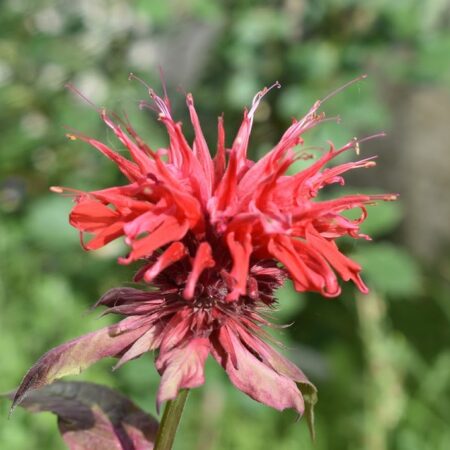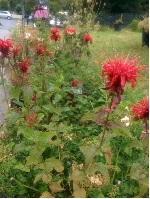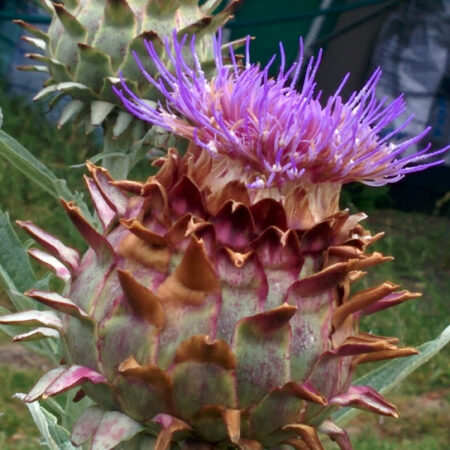Description
Cape Gooseberry (Physalis peruviana), also known as Goldenberry or Inca Berry, is a warm-season perennial (usually grown as an annual) that produces tangy-sweet, golden-orange berries encased in delicate, papery husks. A member of the nightshade family (Solanaceae), it is closely related to tomatoes and tomatillos. Originally native to South America, it has adapted beautifully to New Zealand gardens, thriving in sunny, sheltered spots.
Plants form sprawling bushes, typically 60–90 cm tall and up to 1 m wide, with slightly hairy stems and heart-shaped leaves. They flower with small, starry yellow blossoms, which develop into the lantern-like husks that encase the fruit. Cape Gooseberries prefer full sun, free-draining soils, and moderate fertility, and while frost-tender, they can be overwintered in frost-free areas or grown as annuals elsewhere. In New Zealand, they are generally planted in spring after frosts and fruit prolifically from late summer into autumn.
The fruit is the star of the plant: sweet yet tart, bursting with vitamin C, antioxidants, and pectin. They are eaten fresh, dipped in chocolate, or used in jams, sauces, chutneys, pies, cordials, and desserts. Dried berries make a tangy snack, reminiscent of apricots. Medicinally, Cape Gooseberry has been valued in traditional medicine for its anti-inflammatory and immune-supporting properties. In the garden, its bright lanterns and unusual form also add novelty and interest, making it a great choice for edible landscapes and children’s gardens.









